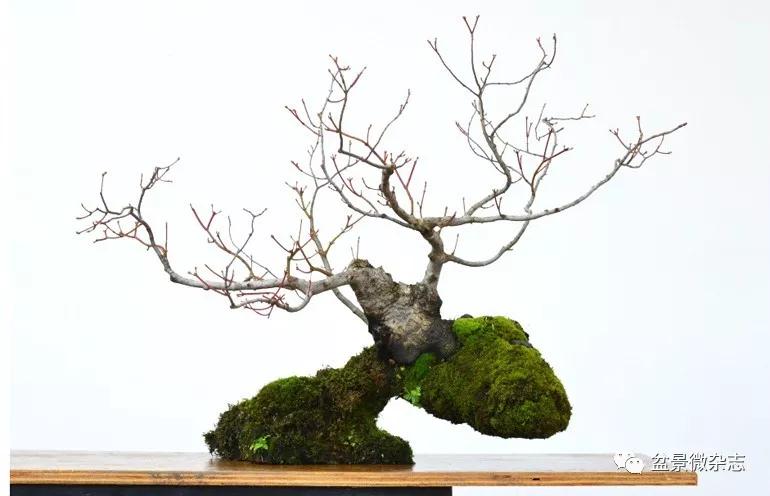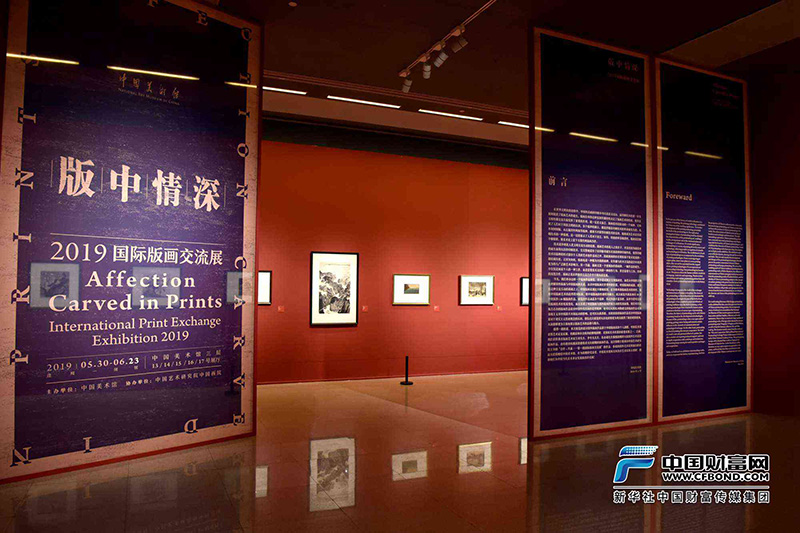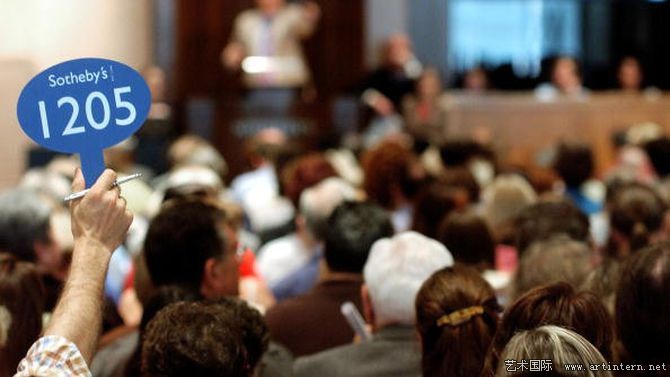
格哈德·里希特(Gerhard Richter)1932年出生于德累斯顿(Dresden)的一个知识分子家庭,他的学生时代在德累斯顿艺术学院度过。1963年起,他在鼎鼎大名的杜塞尔多夫艺术学院深造,随后获得教职,在那里执教30余年,直至退休。因为对绘画这种媒介异乎寻常的执着,里希特被视作一位冷静的、自我反省式的当代艺术家。
去年3月, “格哈德·里希特:终究是绘画”(原计划由2020年3月4日展至7月5日)在大都会艺术博物馆布鲁尔分馆(Met Breuer)举办,这场个人展回顾了他60多年的创作生涯,或许也是现年88岁的艺术家最后的博物馆大型个展。
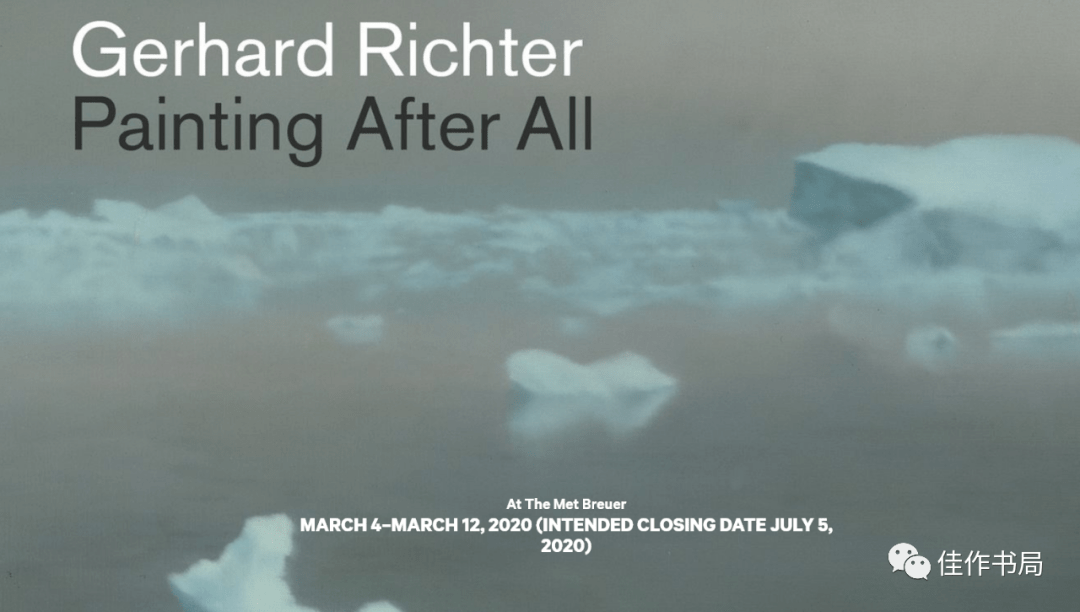
但是,由于大都会发展策略的调整,加之疫情的冲击,具有如此体量和意义的个展仅开幕9天便匆匆关闭,疫情之后Met Breuer也不再对外开放。从惠特尼美术馆接手后,仅运营了4年的Met Breuer就这样以里希特的大型回顾展告别了公众。如无意外,这座由包豪斯大师马塞尔·布鲁尔设计的纽约的标志性建筑即将被弗里克美术馆 (The Frick Collection)
接手。
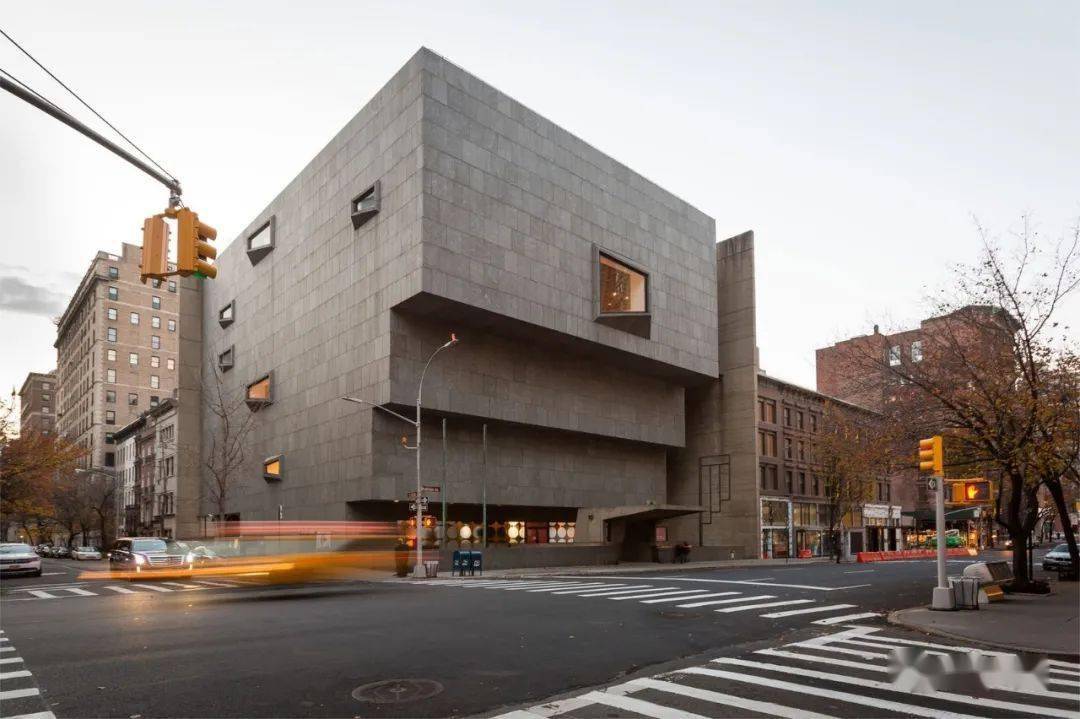
为了弥补这种遗憾,大都会博物馆以这次展览的核心部分 《比克瑙》为标题,于去年9月5日重启展览,并更名为Gerhard Richter: The Birkenau Painting,在大都会博物馆本馆展至1月18日,还有4天就将关闭。
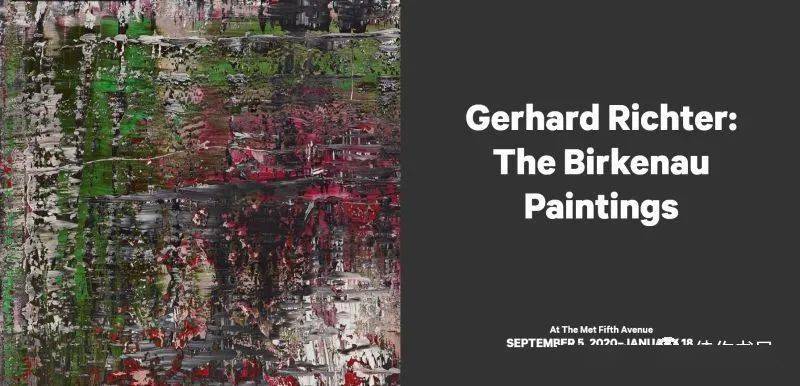
错过两次机会,来不及亲临现场的读者们也不必叹息,今天,佳作书局带来“格哈德·里希特:终究是绘画”的 展览图录,这份将展览“拿在手中”的真实感,或可称之为艺术的安慰。
书名:Gerhard Richter: Painting After All /格哈德·里希特:终究是绘画
作者:Sheena Wagstaff, Benjamin H.D. Buchloh
出版:Metropolitan Museum of Art, 2020
装帧:精装,270页, 268幅彩色图版
开本:25×27cm
语种:英文
这本展览图录收录了艺术家职业生涯中约 100幅代表作,以及 7位知名学者所撰的最新文章,从视觉到理论,充分解读里希特的创作生涯。翻开本书, 走进一场跨越60年的视觉之旅,去感受艺术家的多样性、不确定性,获得独属绘画的惊异与安慰。
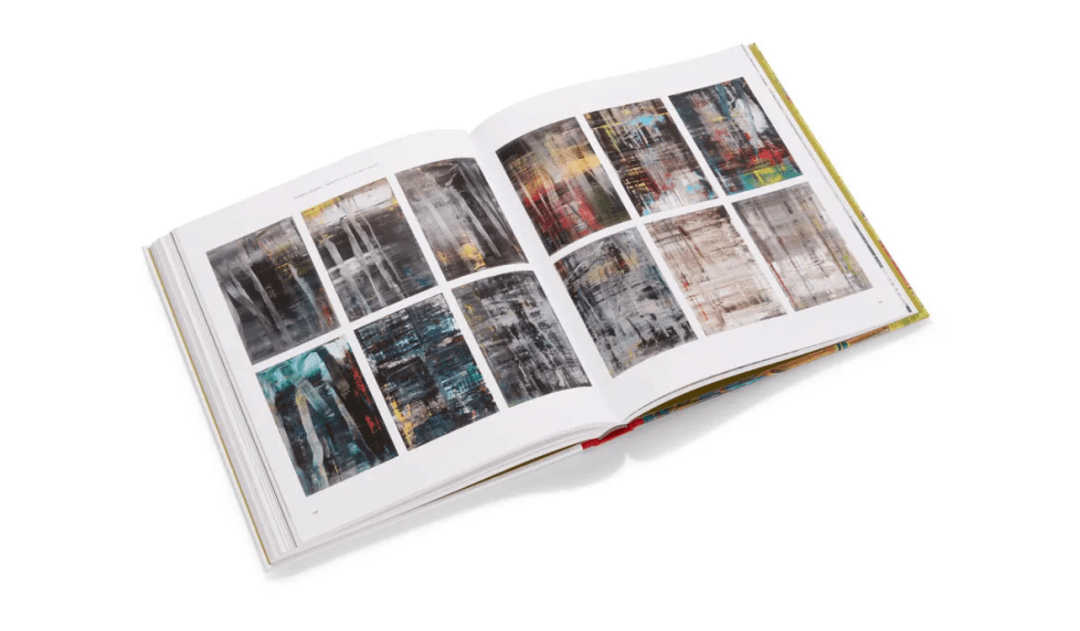

毫无疑问,里希特是当世最多产和最伟大的艺术家之一。他使用再现和抽象的双重方式处理二战后德国的集体记忆与民族情感,这些主题既带有历史性,同时又是个人化的。
如2014年创作的《比克瑙》,在近一年的时间里,里希特将四张由被迫焚烧尸体的犹太囚犯拍摄于集中营的照片重新上色,先是覆盖深色,随后刮掉,通过反复的涂抹,模糊了原初的图像。Birkenau系列所具备的视觉特征,显示了里希特在处理大屠杀这一历史性议题时,竭力避免再现性图像的奇观特质的矛盾与纠结。
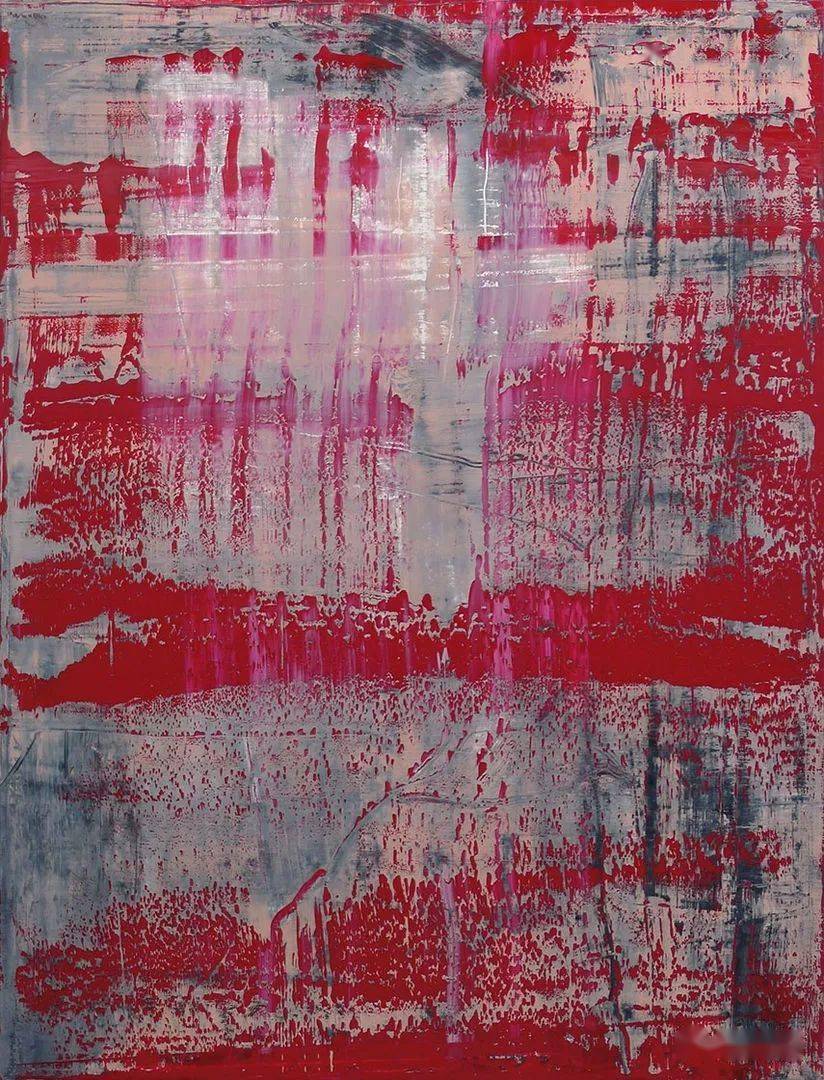
August 13
Eight states of Birkenau, 2014

August 14
Eight states of Birkenau, 2014
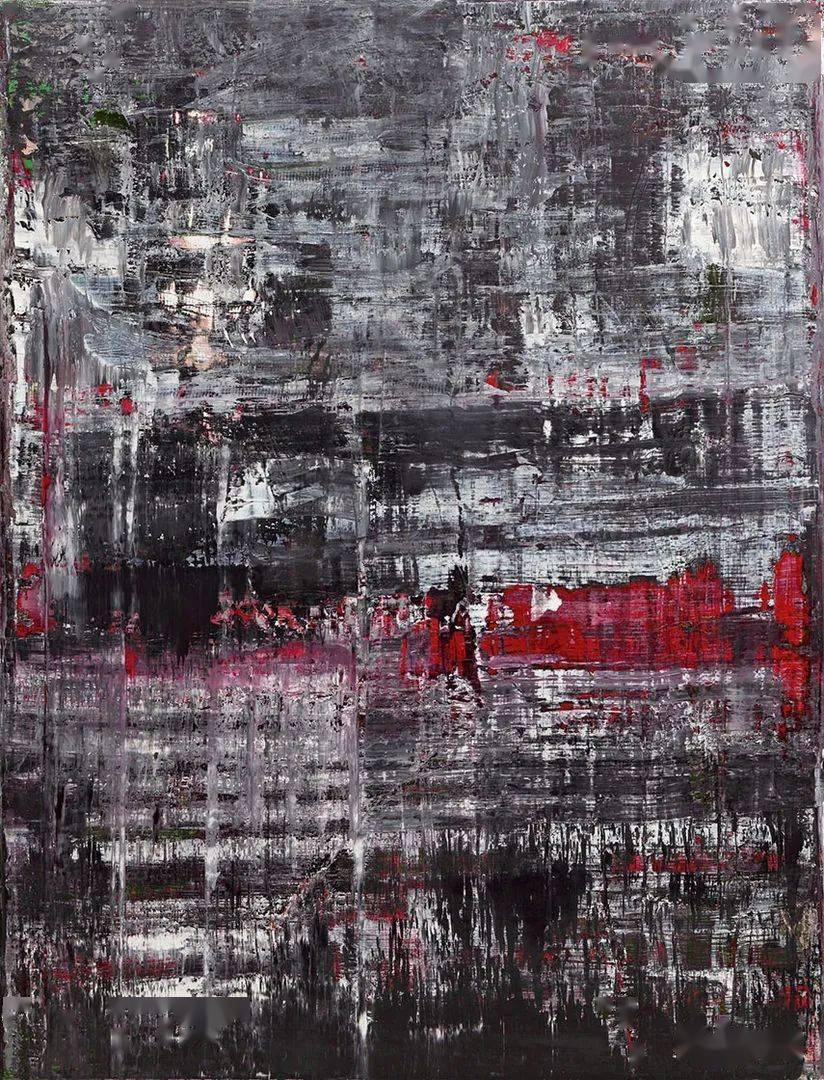
August 25
Eight states of Birkenau, 2014
展览中的作品从里希特60年代那批最为大众熟知的“照片绘画”开始,他将报纸杂志和家庭相册里,看似不起眼的黑白照片转换成绘画。破碎的笔触和堆积的颜料模糊了现实的轮廓,灰色的渐层拉平了图像的重心,让“一切都重要,同时也无关紧要。”那些剔除了情感和观念的,模糊不清的图像成为了他作品的重要视觉特征。
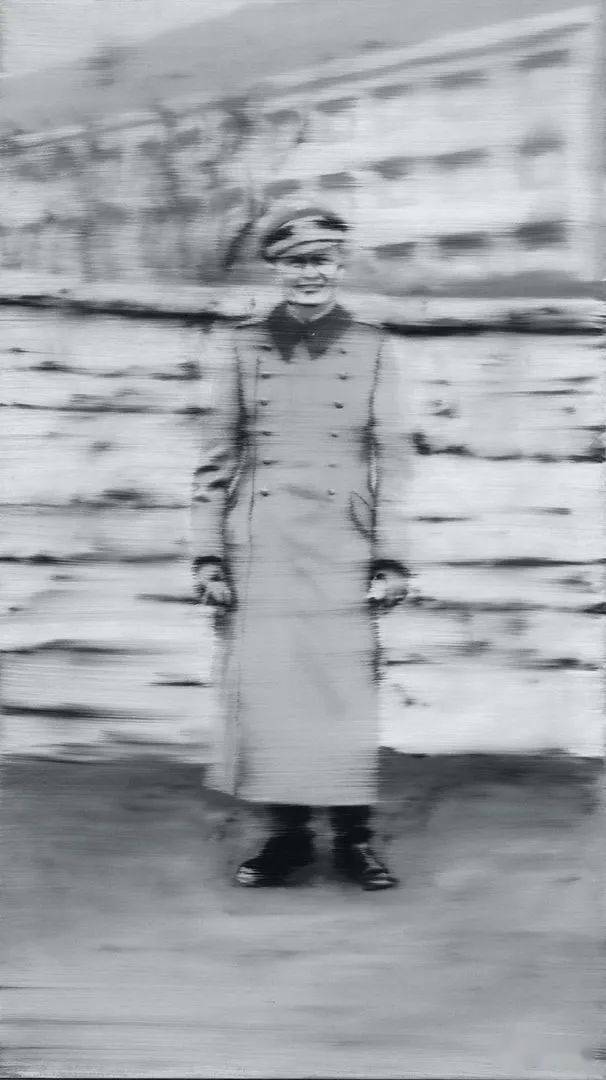
Gerhard Richter, Uncle Rudi, 1963

Townscape Paris, 1968
展览中,里希特自1964年开始创作的迷人且极具个人特质的肖像作品同样占了不少比重,这些作品探索了肖像画作为一种艺术主题的可能性,对象包括画廊老板、收藏家、艺术家和一些亲人朋友。
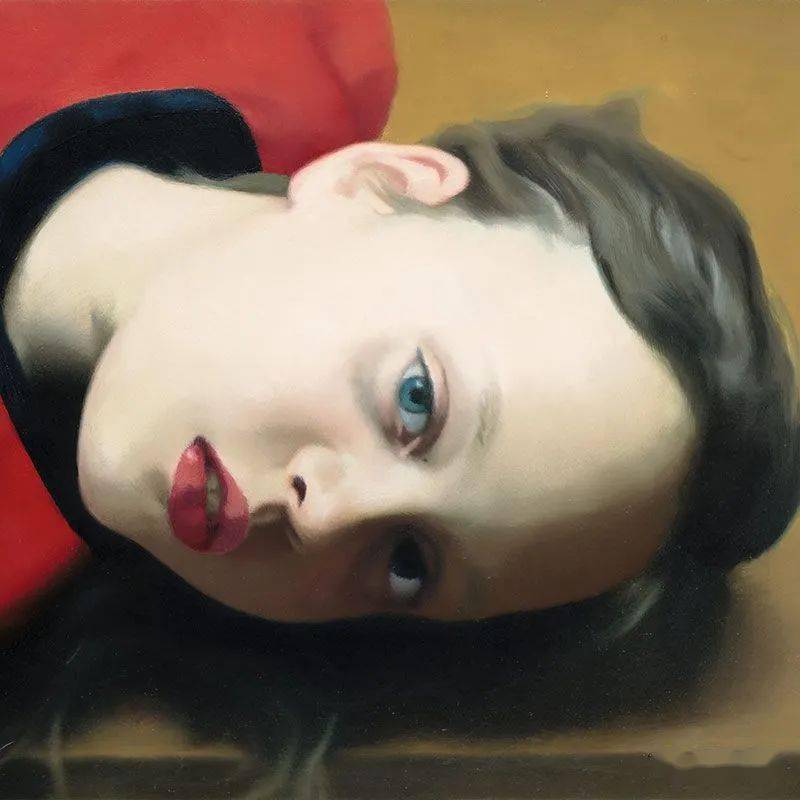
Gerhard Richter, Betty, 1977.
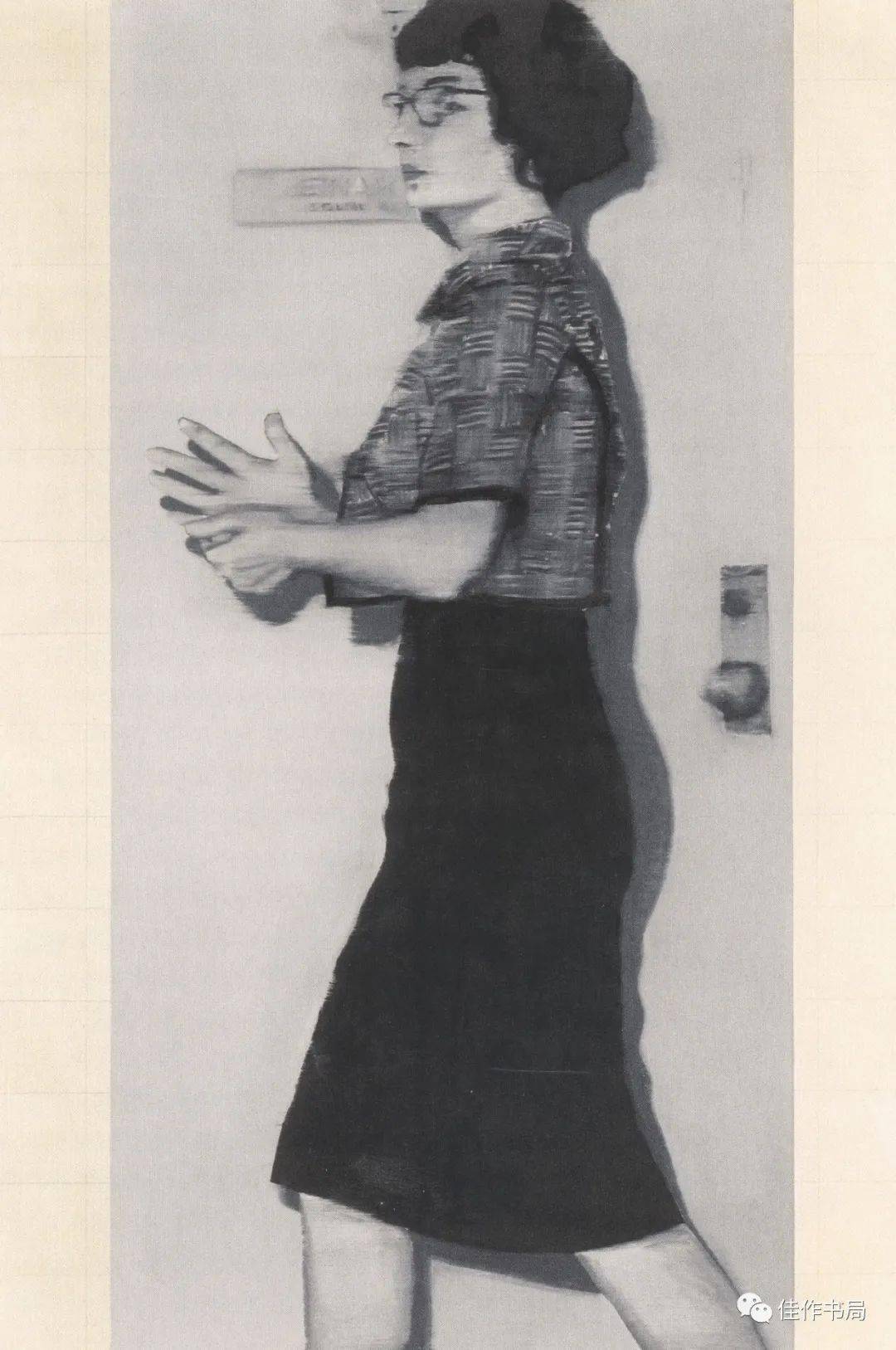
Gerhard Richter, Secretary, 1963
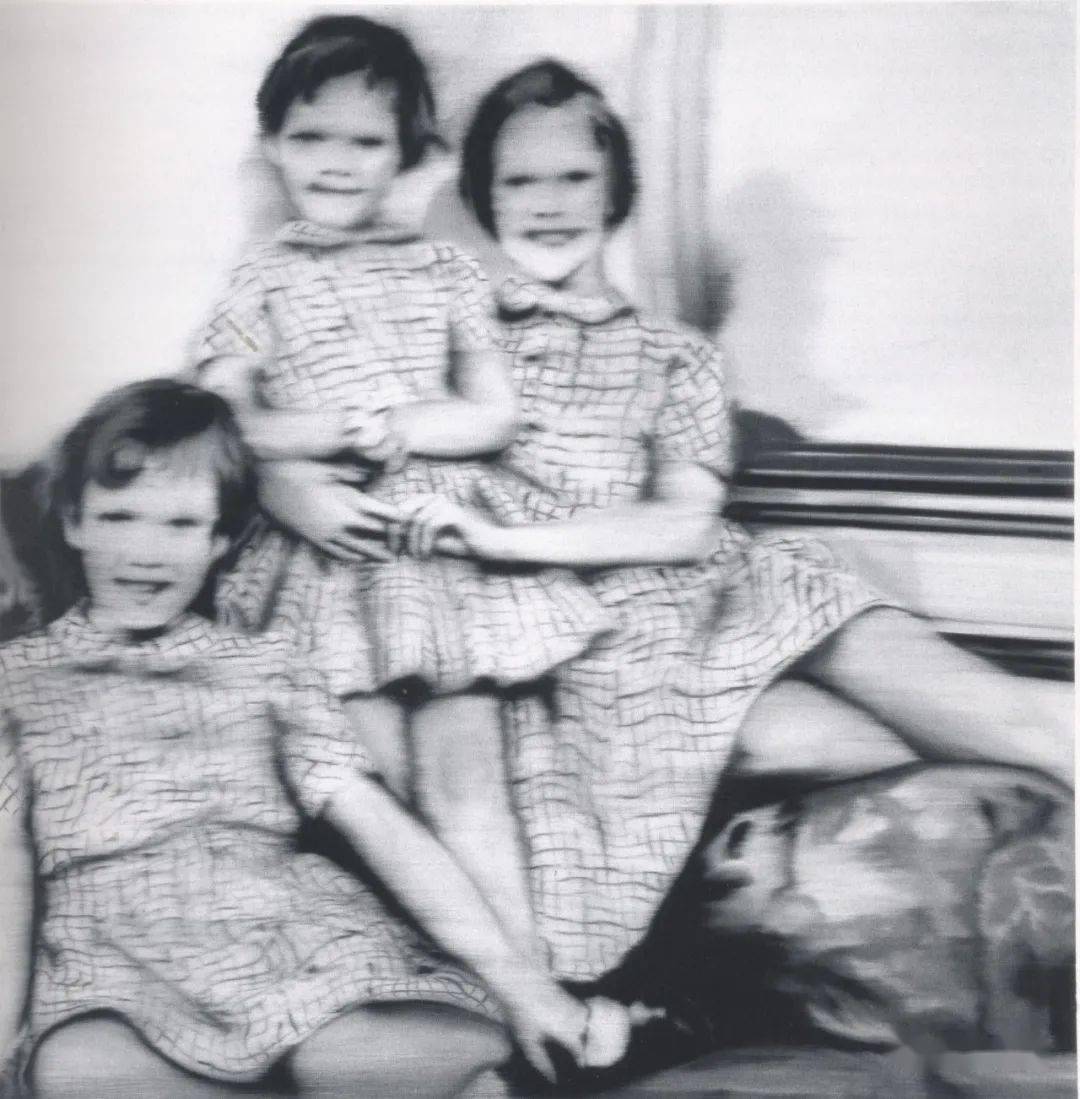
Gerhard Richter, Three Siblings , 1965
无疑,里希特的照片绘画回应了现实主义传统,但其抽象作品与行动抽象派和极少主义的关联同样不容忽视。早在1960年代中期,具象和抽象两种特质就已经共存于里希特的作品中。他的抽象作品从来都不是静态的、可预测的。包括带有强烈系统性的“色卡”绘画:根据算法生成色彩图表,完成方形色块的绘制;以及使用以自制的橡皮刮板作为工具处理画布表面,生成一种无法预测的画面机理效果的作品。
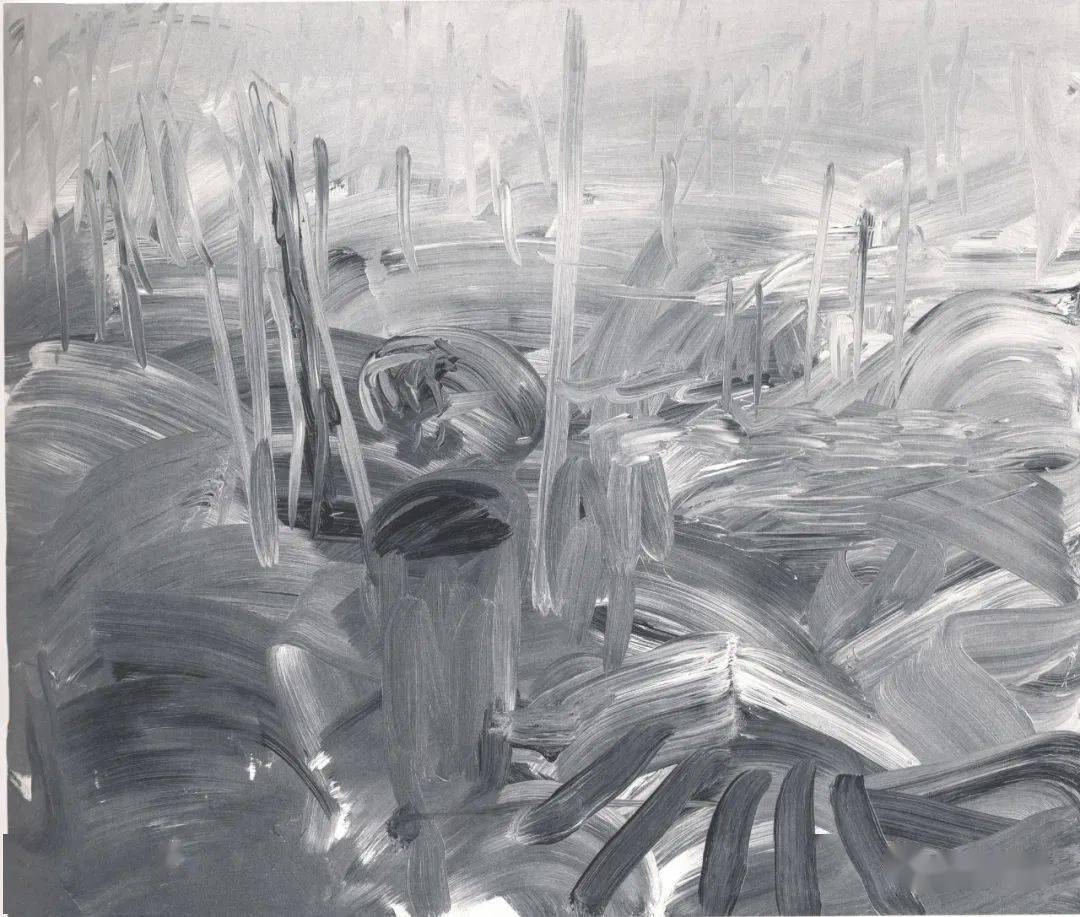
Gerhard Richter, Vintage , 1968
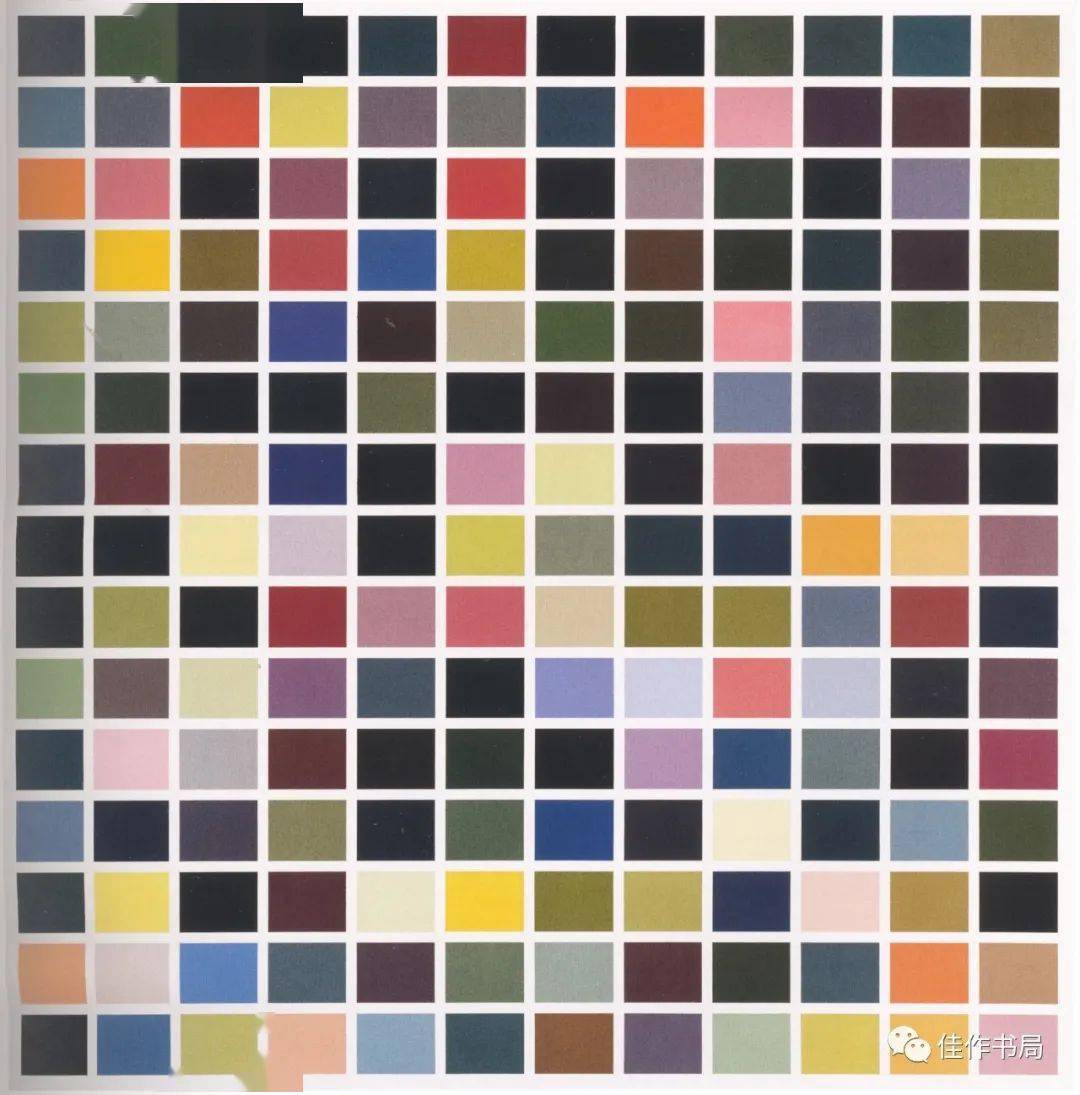
Gerhard Richter,180 Colors, 1971
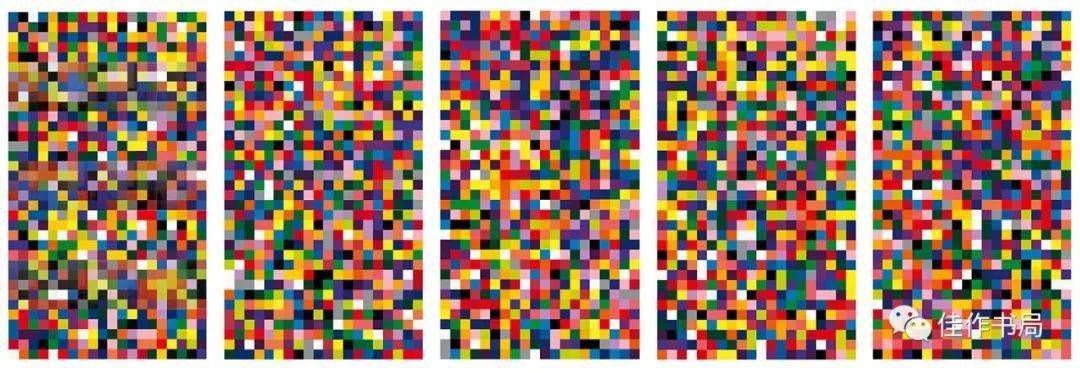
4,900 Colors, 2007
“终究是绘画”,这次展览的名称反而激起了观众对艺术家的挑战欲:在当下,艺术已经可以是任何事物,那么绘画何为?为了理论化地回答这个问题,这本图录集结了哈尔·福斯特(Hal Foster),本雅明·布赫洛(Benjamin H. D. Buchloh)等7位杰出学者撰文,深入再探里希特的创作,再次印证其历史地位。
这些新论包含多个视角:里希特的绘画技法具有怎样的观念意义?沉痛的系列作品Birkenau Paintings该如何解读?如何解释里希特对摄影图像的恒久兴趣?里希特的肖像对西方肖像传统范式做了哪些反叛?……
一切的答案,都在这本 Painting After All。
Contemporary Art Book, Exhibition Catalogue
By Sheena Wagstaff and Benjamin H. D. Buchloh with essays by Briony Fer, Hal Foster, Peter Geimer, Brinda Kumar, and André Rottmann
Over the course of his acclaimed 60-year career, Gerhard Richter (b. 1932) has employed both representation and abstraction as a means of reckoning with the legacy, collective memory, and national sensibility of post–WWII Germany, in both broad and very personal terms. This handsomely designed book spans the artistchr(39)s rich and varied oeuvre from the early 1960s to the present, including photo paintings, portraits, large-scale abstract series, and works on glass. Essays by leading experts on the artist illuminate Richterchr(39)s preoccupation with painting in relation to other modes of representation, and emphasize the ongoing importance of the mediumchr(39)s formal and conceptual possibilities in contemporary art.
Sheena Wagstaff is Leonard A. Lauder Chairman of the Department of Modern and Contemporary Art at The Metropolitan Museum of Art.
Benjamin H. D. Buchloh is the Andrew W. Mellon Professor of Modern Art in the History of Art and Architecture department at Harvard University.
目 录
Director’s Foreword / 7
Acknowledgments / 9
Lenders to the Exhibition / 12
Contributors /13
Introduction: The Excavation of Memory / 14
Sheena Wagstaff
Documents of Culture, Documents of Barbarism: Richter’s Birkenau Paintings / 22
Benjamin H. D. Buchloh
Seeing One Medium through Another: Richter’s Photo Paintings of the 1960s / 42
Peter Geimer
Chrono-Technics: Richter’s Family Pictures / 54
Briony Fer
Terrains of Paint: Richter’s Landscapes / 68
Brinda Kumar
Randomizing Painting: Notes on Richter’s Abstractions / 82
Andr. Rottmann
In a Glass, Darkly / 94
Hal Foster
Plates / 103
Works in the Exhibition / 247
Notes / 252
Selected Bibliography / 262
Index / 264
Photograph Credits / 269
关于
格哈德·里希特的三个问题

Why I Paint?
Freedom to investigate and express.
When Richter began painting in West Germany the country was still recovering from the aftermath of World War II. As his generation struggled to deal with the past, the question “Why paint?” became an especially provocative one. For Richter, having grown up under an authoritarian regime, the reason to paint was existential: “Art requires freedom … in dictatorships there is no art, not even bad art.”
“The first impulse towards painting, or towards art in general, stems from the need to communicate. … Without this, all work would be pointless and unjustified, like Art for Art’s Sake.”
— Notes, 1962
To begin
"Painting is ... an almost blind, desperate effort … like that of a person who possesses a given set of tools, materials, and abilities, and has the urgent desire to build something useful which is not allowed to be a house or a chair or anything else that has a name."
— Notes, 1985
To remember
"You get so used to photos. … You know the world of photos, but not the world they photographed. … The photos create a world, but I donchr(39)t know whatchr(39)s happening outside of the frame. … Itchr(39)s a massive intervention … into our knowledge, our consciousness."
— Gerhard Richter Painting, 2011
To understand
"To the individual, the collective experience of the age represents a bond—and also, in a sense, security. … But all we can represent is an analogy. … Picturing things, taking a view, is what makes us human; art is making sense and giving shape to that sense."
— Notes, 1962
To feel
"Helplessness is the great theme in painting, or rather the strongest motivation for and during painting. And the forest in general has special significance, perhaps more so in Germany than anywhere else. You can lose your way in forests, feel deserted, but also secure, held fast in the bosom of the undergrowth."
— The Richter Interviews, 2014
What I Paint ?
A world of images.
From portraits to landscapes to abstractions, Richter’s subject constantly changes, sometimes even within a single year—and that’s 100% according to plan. Richter says he’s suspicious of images and the “reality” that they convey, so he varies his approach to explore the different possibilities of representing the world.
See figurative and abstract works Richter painted in the same year:

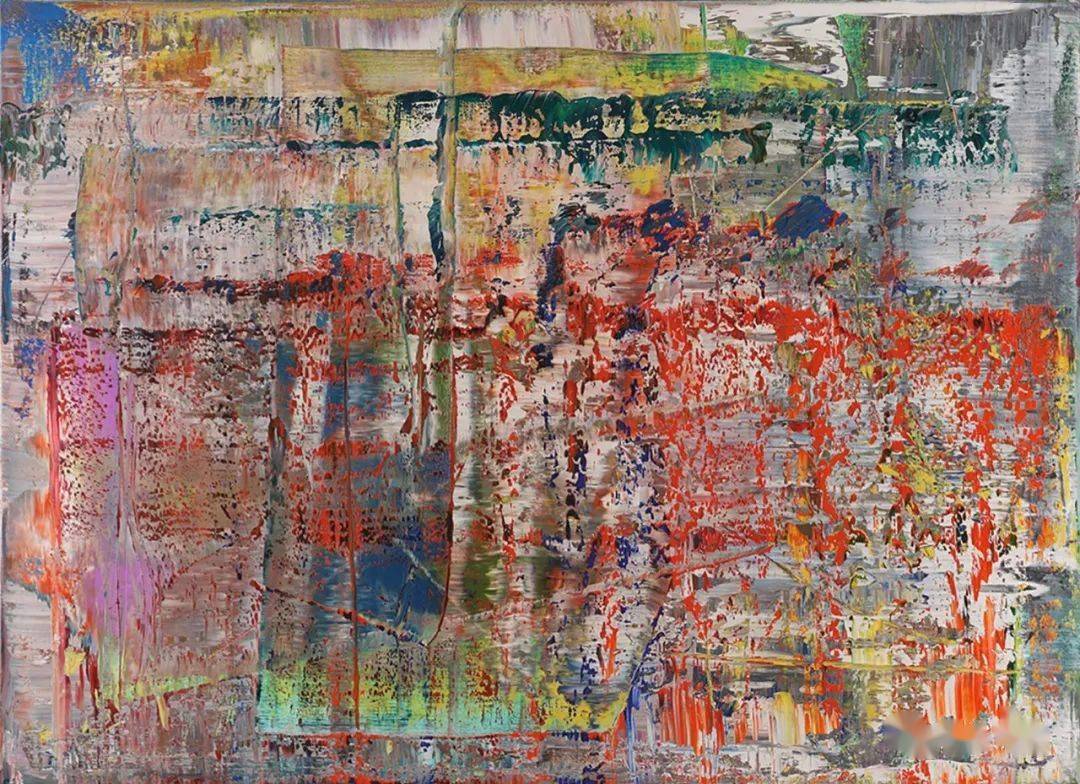
Passage,1990
Chromatic-Abstractions,1990
How I paint?
Plan. Paint. View. Judge. Repeat.
Richter’s paintings respond to what he sees, not just in the world around him, but also to the image forming on his own canvas. He adds broad sweeps of color with wide brushes, and later applies and removes paint with large squeegees. The process, by design, leaves much to chance, resulting in risks and rewards for the works that emerge. According to Richter, “each step forward is more difficult and I feel less and less free, until I conclude therechr(39)s nothing left to do.”
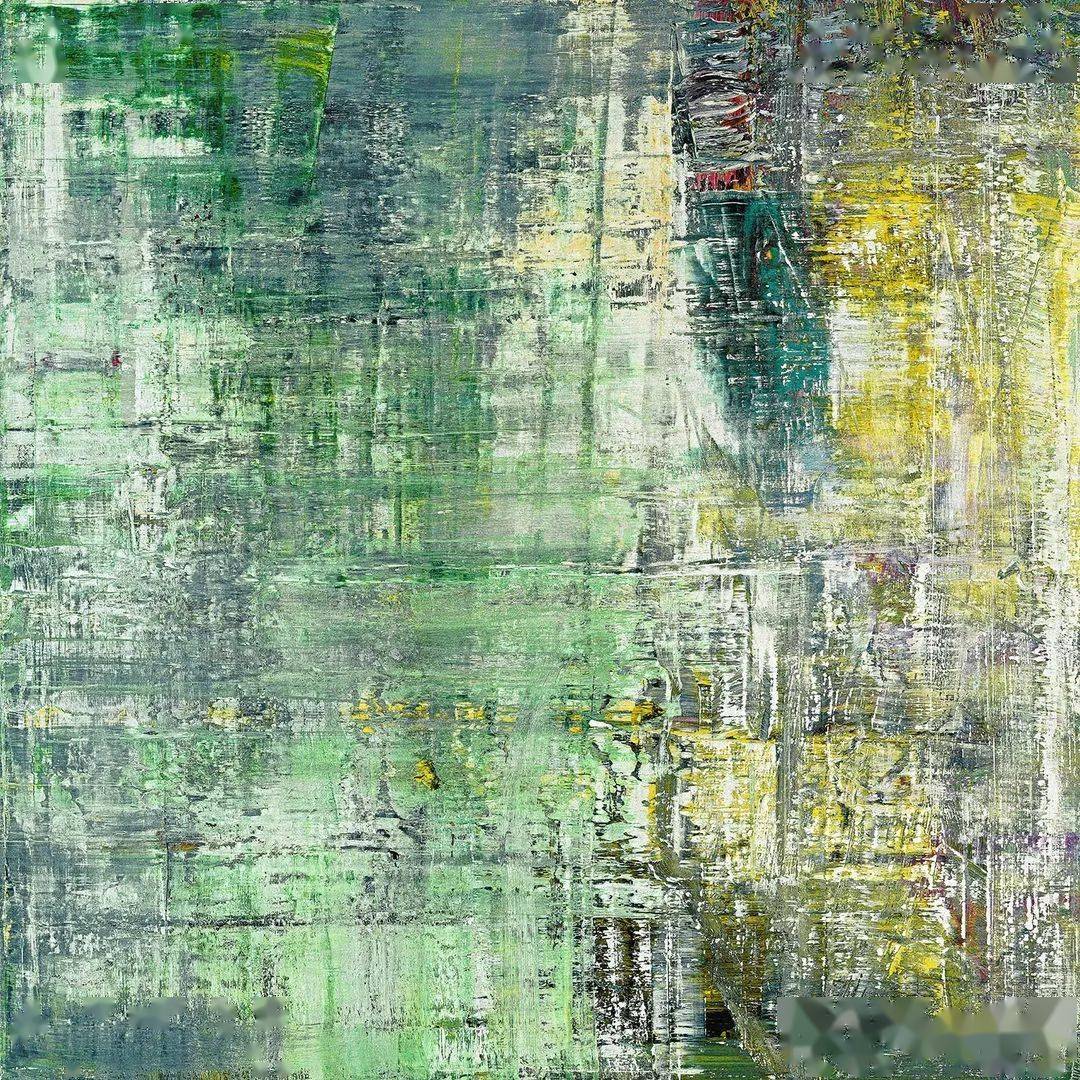
Gerhard Richter, Cage(6) , 2006
实拍书影
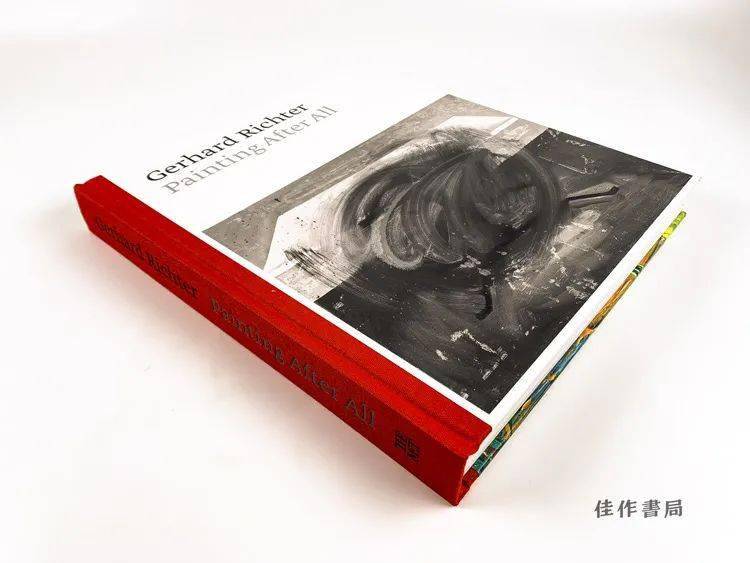
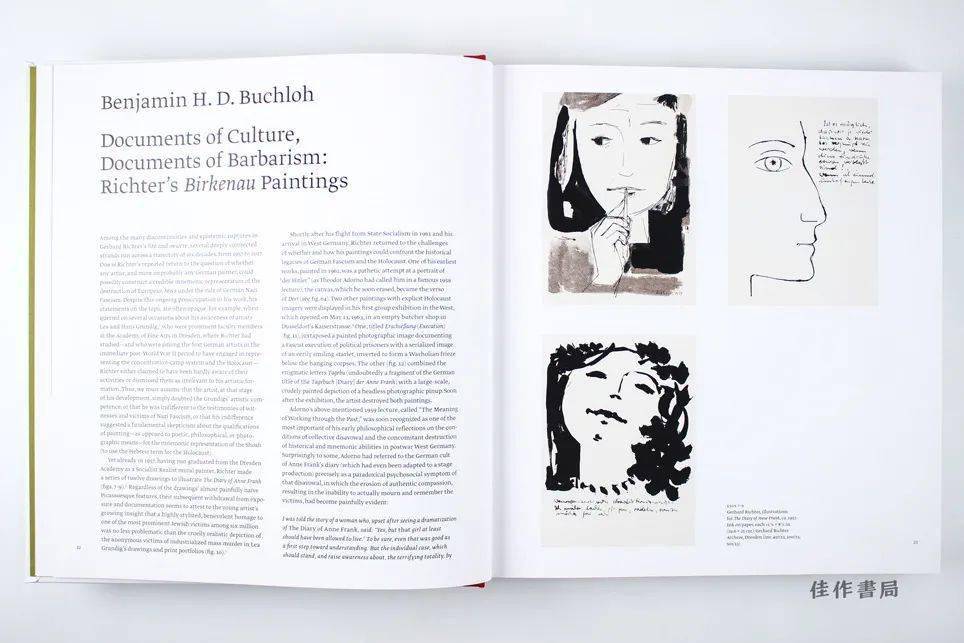

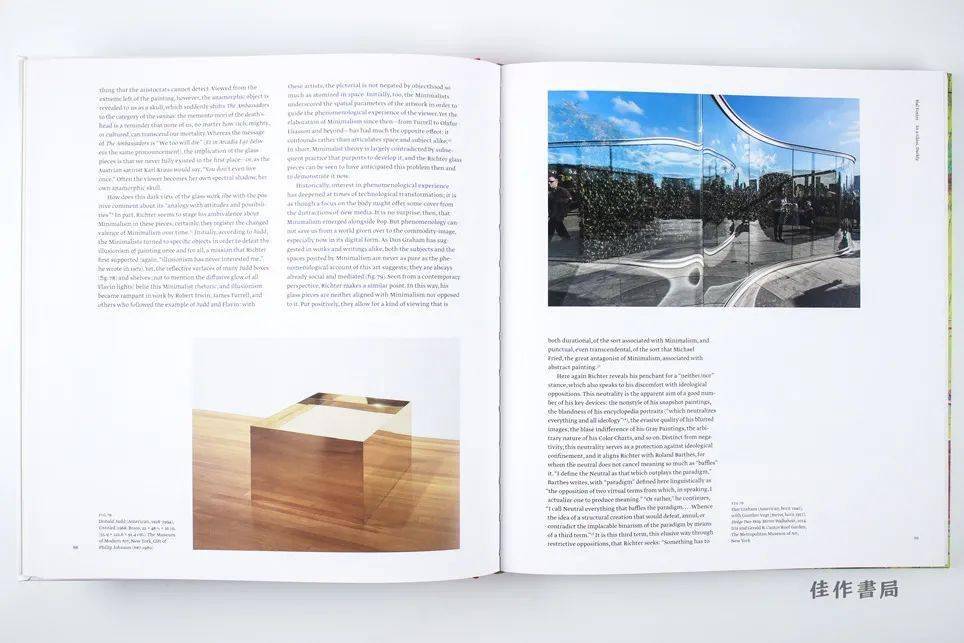

Gerhard Richter:
About Painting – Early Picture
哈德·里希特:关于绘画 - 早期作品
本书重新认识里希特的早期创作生涯,探究了贯穿于他全部作品中的矛盾心态。本书聚焦于里希特60年代创作的关于门、窗帘和窗户的作品,它们以一种戏谑的方式审视艺术的虚幻本质——总是在质疑绘画展示或隐藏了什么。
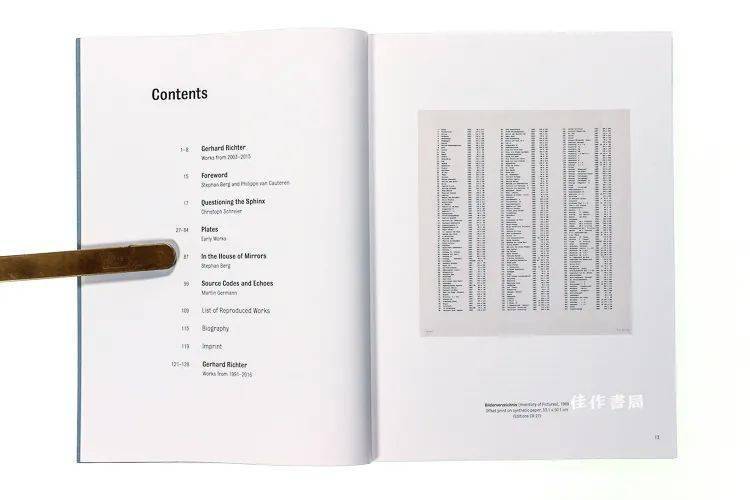
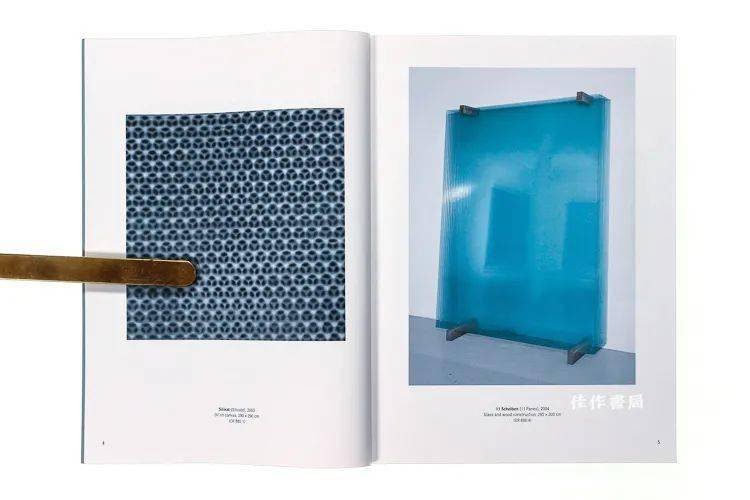

Gerhard Richter:
Early Work, 1951–1972
格哈德·里希特:早期作品 1951-1972
格哈德·里希特1932年出生于德累斯顿,最初受到社会主义现实主义的教育,在移居西德后又接受了再教育,因此在冷战期间内以一种独到的方法表现了德国的分裂。此书收录了一组国际学者对其早期艺术生涯的新研究。

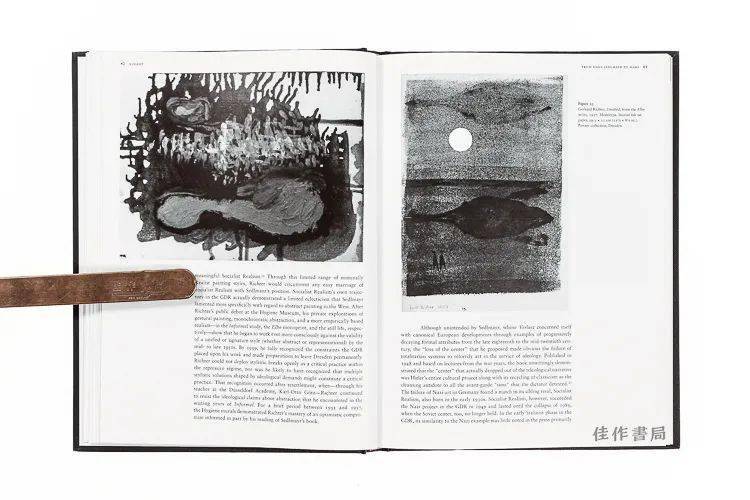
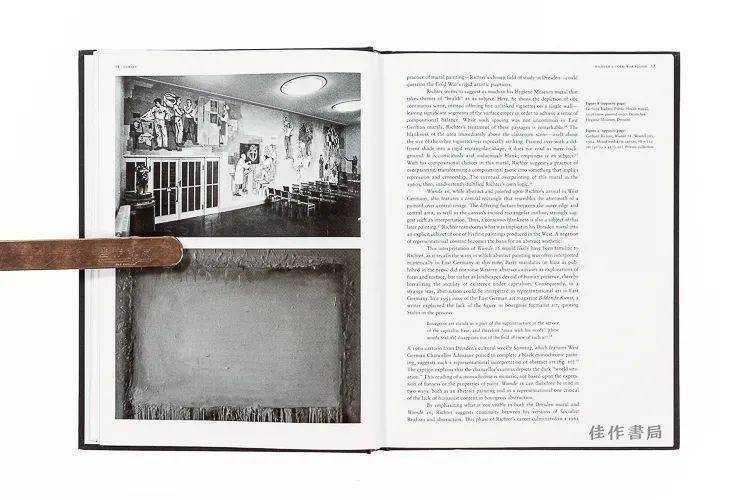
Conspiracy of Images:
Andy Warhol Gerhard Richter
&the Art of the Cold War
图像的阴谋:
安迪·沃霍尔格哈德·里希特和冷战艺术
在本书中,作者John J. Curley探讨了安迪·沃霍尔和格哈德·里希特两位艺术家的美学方法是如何被政治机构和冷战期间批量生产出的图像的暧昧性所影响的。作为首本关涉冷战时期视觉环境的学术著作,《意象的阴谋》为冷战艺术史提供了一个崭新的、令人叹服的跨大西洋模式。
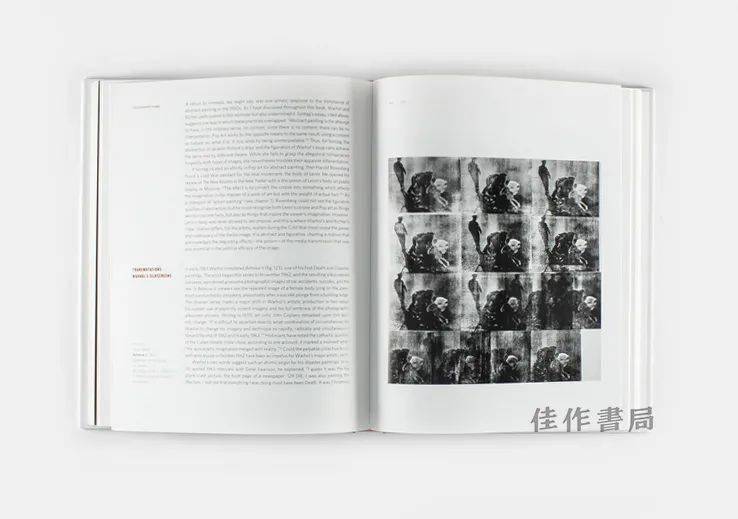
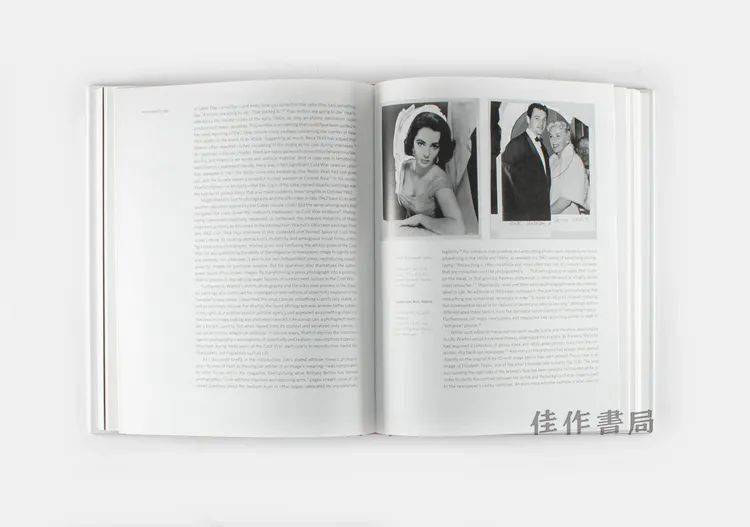
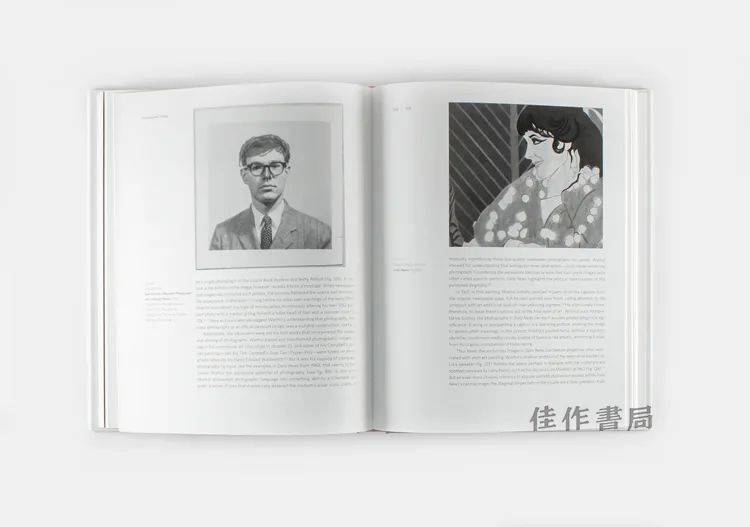
关于佳作书局
佳作书局(PARAGON BOOK GALLERY)1942年创立于上海。在过去的近80年,佳作书局先后流转于上海、纽约和芝加哥,并于2014年再次返回中国。作为致力于促进中西方艺术交流的独特角色,佳作书局将继续秉承专业化、全球化的经营传统,更加专注于中外艺术类图书的引介、翻译及出版,并持续举办丰富的艺术文化活动,为国内外研究人士及爱好者提供深度服务。
淘宝:搜索店铺“佳作书局”
京东:搜索“佳作书局原版图书专营店”
微博:@佳作书局
微信公众号:佳作书局
Instagram:@paragonbookgallerybeijing
实体店铺:
央美店:北京市朝阳区花家地北里14号楼一层
UCCA | 佳作书局: UCCA尤伦斯当代艺术中心二层
乌镇店:浙江省嘉兴市乌镇西栅景区内灵水居
芝加哥店:美国芝加哥西35街1029号,Zhou B艺术中心
联系方式:



